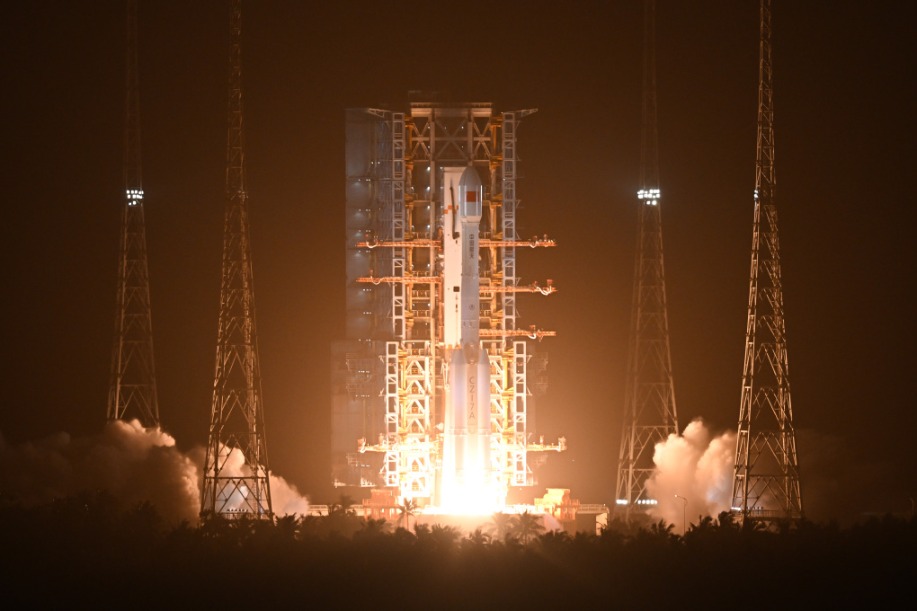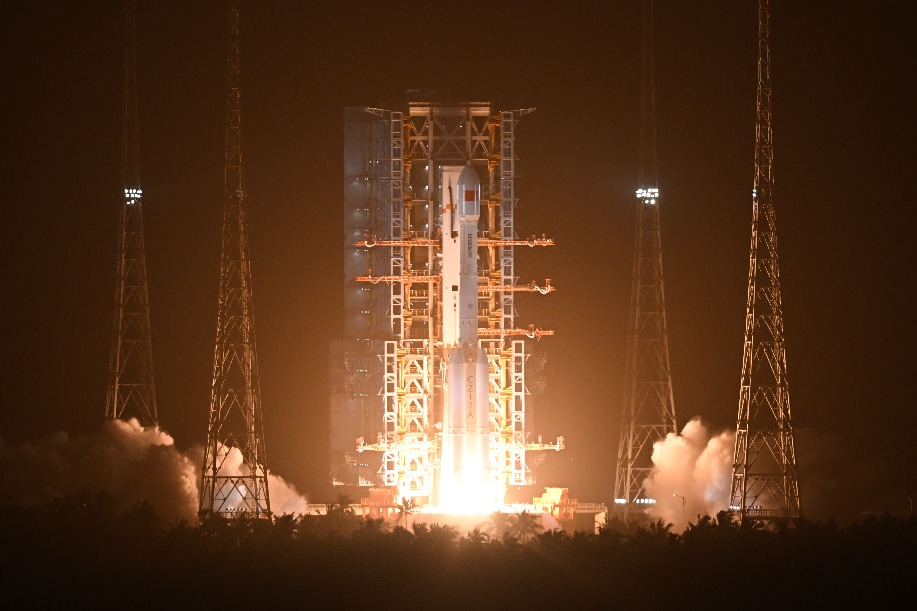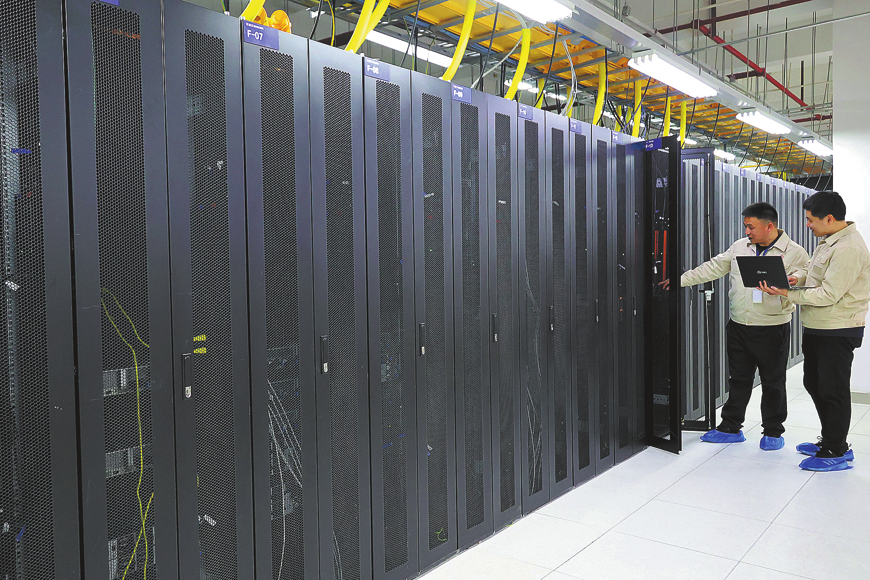Computing industry hungry for power

China's rapidly expanding computing infrastructure is emerging as a significant new source of power demand, challenging the nation's grid and accelerating the need for flexible energy regulation capabilities, industry experts say.
While China pushes forward with its ambitious renewable energy build-out, the surge in demand from data centers, artificial intelligence and other computing-intensive sectors is creating a challenge for grid operators, requiring solutions beyond traditional power sources, said Zhao Yong, president of Energy Research Institute under the China Huaneng Group Co Ltd.
The escalating power need of the computing sector is becoming a major factor in China's overall energy picture. Currently ranked ninth among high energy-consuming industries, computing's share of national electricity demand is projected to rise sharply, Zhao said during a BloombergNEF summit held in Beijing recently.
"Electricity demand from computing power is expected to continue soaring all through 2035. This figure represents a substantial portion of China's overall electricity consumption," he said. "The need to reconcile the growth of energy-intensive computing with China's green energy transition is becoming increasingly pressing."
Zhao emphasized the importance of coordinated development between computing power and electricity supply, with energy storage playing a vital role in ensuring grid stability and enabling the deeper integration of renewable energy to meet this burgeoning demand.
The rapid growth and widespread adoption of new infrastructure technologies like 5G, big data, cloud computing, artificial intelligence and the industrial internet have led to a substantial surge in electricity consumption within these industries, according to the China Electricity Council.
According to consultancy McKinsey & Company, the growth of data centers and the adoption of AI rely heavily on the availability of electric power. As a result, opportunities for investors in power infrastructure and adjacent sectors are quickly emerging.
According to Zhao, one key technology gaining prominence is new-type energy storage, including compressed air energy storage. These advanced storage solutions are seen as crucial for providing the flexible grid regulation needed to balance the increasing variability of renewable energy sources and surging demand from the digital economy.
Energy storage has grown exponentially during China's 14th Five-Year Plan period (2021-25), he said.
Chinese authorities unveiled several measures in February to promote the new-type energy storage manufacturing sector, as part of efforts to accelerate the development of emerging industries and the country's modern industrial system.
According to an action plan jointly issued by the Ministry of Industry and Information Technology and seven other government bodies, by 2027, the sector is expected to demonstrate international competitive advantages across the entire manufacturing chain, with a greater number of leading enterprises, marked improvements in industrial innovation capabilities and overall competitiveness.
China will launch initiatives to boost technology innovation in the new-type energy storage sector, including measures to speed up the upgrading of mature technologies such as lithium batteries and support disruptive technological innovations, it said.
Today's Top News
- New engine powers cargo drone expansion
- China to boost intl cooperation on green tech
- Factory activity sees marginal improvement in November
- Venezuela slams US' 'colonial threat' on its airspace
- Xi: Strengthen cyberspace governance framework
- Takaichi must stop rubbing salt in wounds, retract Taiwan remarks






























